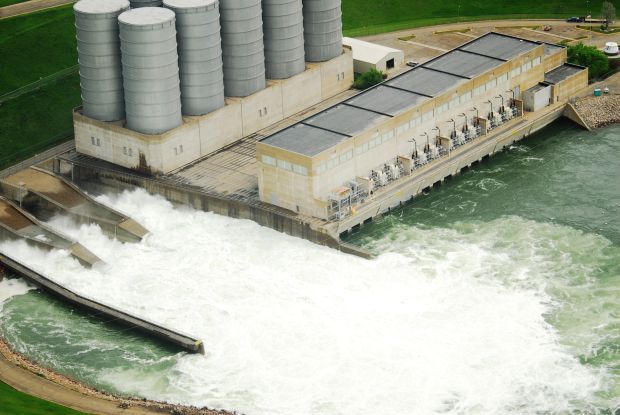
A flood of pioneers who had acquired land under the Homestead Act of 1862 turned to wheat farming.

The fur trade declined in the 1860s, and Anglo settlement began in earnest in 1871, when railroads reached the Red River from St. Custer and the 7th Cavalry set out from Fort Abraham Lincoln, south of present-day Mandan, for their fateful encounter with the Sioux and Cheyenne in the Battle of the Little Bighorn, fought in present-day Montana. Native American hostility grew when steamboat traffic increased after the discovery of gold in Montana in 1862 and when the U.S. In 1837 smallpox reduced the Mandan population of North Dakota from about 1,800 to 125 in a few months. The Native Americans became dependent on the traders for their supplies, and in the process many Indians died. In the 1820s and ’30s American traders brought in guns, kettles, blankets, axes, and liquor but also disease. The United States acquired the lands drained by the Red and Souris river systems (which from 1670 had been part of Rupert’s Land) through the Rush-Bagot Agreement of 1817 and the remainder of what became North Dakota from France through the Louisiana Purchase in 1803.įort Union Trading Post National Historic Site (Today the North Dakota Lewis and Clark Interpretive Center is at Washburn, about 30 miles north of Bismarck.)

They were taken with the friendliness of the village residents and constructed Fort Mandan nearby, where they passed the winter of 1804–05. American explorers Meriwether Lewis and William Clark arrived at Mandan and Hidatsa villages in 1804 near present-day Bismarck. The first permanent trading post in North Dakota was established in 1801 at Pembina. Fur traders from Hudson Bay and Montreal began arriving in the area on a regular basis in the 1790s. He visited a cluster of earthen-lodge villages near present-day Bismarck in 1738. The Canadian fur trader Pierre Gaultier de Varennes, sieur (lord) de La Vérendrye, was one of the first explorers of the North Dakota area.

Britannica Beyond We’ve created a new place where questions are at the center of learning.100 Women Britannica celebrates the centennial of the Nineteenth Amendment, highlighting suffragists and history-making politicians.
#GARRISON DAM HOW TO#
COVID-19 Portal While this global health crisis continues to evolve, it can be useful to look to past pandemics to better understand how to respond today.Student Portal Britannica is the ultimate student resource for key school subjects like history, government, literature, and more.Demystified Videos In Demystified, Britannica has all the answers to your burning questions.This Time in History In these videos, find out what happened this month (or any month!) in history.

#WTFact Videos In #WTFact Britannica shares some of the most bizarre facts we can find.Britannica Classics Check out these retro videos from Encyclopedia Britannica’s archives.Britannica Explains In these videos, Britannica explains a variety of topics and answers frequently asked questions.


 0 kommentar(er)
0 kommentar(er)
